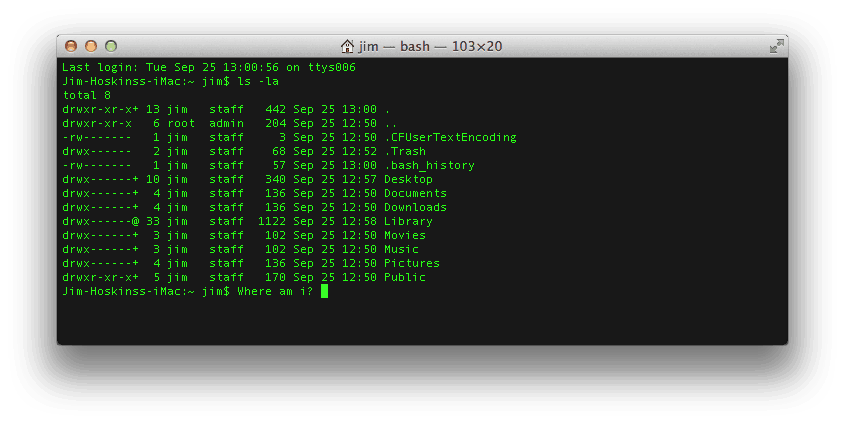Mac Terminal Commands For Opening Text File
As a professional data recovery tool, iSkysoft iPhone Data Recovery for mac can scan your card in-depth and find as many files as possible for you. You can see a preview of all the files found in the start window before recovery. Data recovery software for mac. In this iPhone data recovery software review, we collected 5 most popular tools and evaluate them carefully to provide valuable references for you. If you've lost or mistakenly deleted photos, messages, notes and/or other important things on your iPhone, read on to choose the best helper to retrieve your lost iPhone data.


I as a web developer I personally love to keep a ton of things in my Trash. I feel that if I deleted anything prematurely that there may be a version or an image that I can still dig out in a time of need. Sometimes, however, I want to delete something permanently, as I know for sure that there are no future uses for it. Other times, I just need a file that contains no data and is not associated with any applications. Dragon word to text for mac. Here is a helpful terminal tip for creating and deleting files that I often find creative uses for. A word of warning for those of you who are not familiar with the Terminal.app: Keep in mind that when using the Terminal to delete things that it is really easy to delete something that you didn't intend to.
Basic Mac Terminal Commands
After deleting a file with the Terminal, there is no way to retrieve it. With that in mind, be certain that the files you wish to eliminate are indeed the files you intended to remove. Creating files with Terminal To create a blank file with no associations or data, start by navigating to Utilities| Applications folder and double-click the Terminal.app. To change your location within Terminal, simply type at the command prompt: cd Desktop/ Figure B Type the first couple of letters of the word Desktop and press tab to auto complete the directory name. If you want to know what directory you are in at any time, type pwd at the command prompt. Figure C touch filename Figure D Figure D Deleting files using the Terminal Now that we have created this filename file, lets delete it!